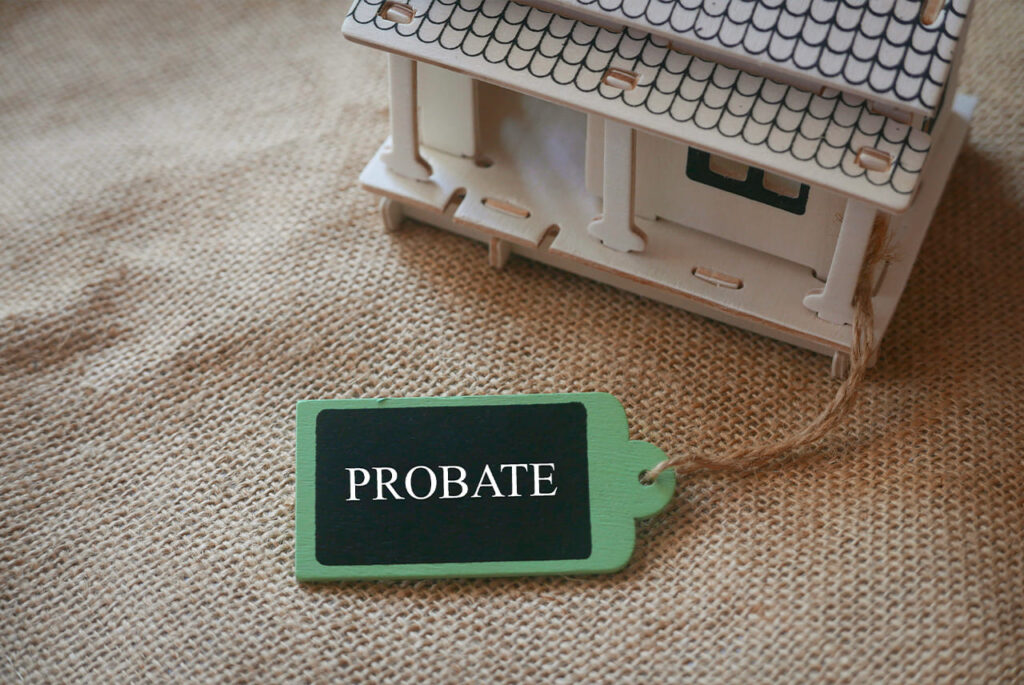Estate planning is an essential aspect of financial management, particularly for individuals and families seeking to preserve wealth and ensure financial security for future generations. One of the innovative tools in estate planning is the Spousal Lifetime Access Trust (SLAT). This type of trust offers unique advantages for married couples, allowing them to balance estate tax reduction with ongoing access to trust assets. This blog will explore the workings, benefits, and purposes of SLATs.

What is a Spousal Lifetime Access Trust (SLAT)?
A Spousal Lifetime Access Trust (SLAT) is an irrevocable trust created by one spouse (the grantor) for the benefit of the other spouse (the beneficiary). The primary purpose of a SLAT is to remove assets from the grantor’s taxable estate, thereby reducing potential estate taxes, while still providing indirect access to the trust’s assets through the beneficiary spouse.
How Does a SLAT Work?
1. Creation of the Trust:
- One spouse, referred to as the grantor, establishes the SLAT and transfers assets into the trust. Once the assets are transferred, the grantor relinquishes control over them, making the trust irrevocable.
2. Designation of Beneficiaries:
- The other spouse is named as the primary beneficiary of the trust, with the option to include other family members, such as children or grandchildren, as secondary beneficiaries.
3. Trust Management:
- A trustee, who can be an independent third party or a trusted family member, manages the trust assets according to the terms set forth in the trust document. The trustee is responsible for making distributions to the beneficiary spouse as needed.
4. Access to Trust Assets:
- Although the grantor relinquishes direct control over the assets, the beneficiary spouse can receive distributions from the trust, thereby providing indirect access to the assets. This access can help maintain the couple’s lifestyle and financial security.
Advantages of SLATs
1. Estate Tax Reduction
By transferring assets into a SLAT, the grantor effectively removes those assets from their taxable estate. This reduction can significantly lower the estate tax liability upon the grantor’s death, preserving more wealth for future generations.
2. Asset Protection
Assets placed in a SLAT are generally protected from creditors and legal claims against the grantor. This protection ensures that the trust’s assets are preserved for the benefit of the beneficiaries.
3. Indirect Access to Assets
The beneficiary spouse can receive distributions from the SLAT, providing financial support while still achieving the estate tax benefits of an irrevocable trust. This feature makes SLATs particularly attractive for couples who want to reduce estate taxes without completely losing access to their assets.
4. Flexibility in Beneficiary Designation
A SLAT allows for flexibility in naming beneficiaries. While the spouse is the primary beneficiary, the grantor can also include children, grandchildren, and other loved ones as secondary beneficiaries. This flexibility enables the trust to serve multiple generations.
5. Control Over Asset Distribution
The grantor can set specific terms and conditions for how the trust assets are managed and distributed. This control ensures that the assets are used according to the grantor’s wishes, providing for the spouse during their lifetime and preserving wealth for future generations.
Purposes of SLATs
1. Estate Tax Planning
The primary purpose of a SLAT is to reduce the taxable estate of the grantor, thereby minimizing estate taxes. This strategy is especially beneficial for high-net-worth individuals and couples who are likely to face significant estate tax liabilities.
2. Financial Security for the Spouse
A SLAT provides ongoing financial support for the beneficiary spouse, ensuring their financial security and maintaining their standard of living. This support is particularly valuable if the grantor is concerned about the spouse’s ability to manage finances independently.
3. Wealth Preservation
By protecting assets from estate taxes and creditors, a SLAT helps preserve wealth for future generations. The trust can be structured to provide financial support for children, grandchildren, and other family members, ensuring long-term financial stability.
4. Philanthropic Goals
A SLAT can also be used to achieve philanthropic objectives. The grantor can include charitable organizations as beneficiaries, allowing the trust to support causes that are important to the grantor and their family.
Conclusion
Spousal Lifetime Access Trusts (SLATs) are a powerful tool in estate planning, offering a unique combination of estate tax reduction, asset protection, and ongoing financial support for the beneficiary spouse. By leveraging the benefits of SLATs, married couples can achieve their financial goals, secure their family’s future, and preserve their wealth for generations to come. We can help answer all your questions about SLATs.
Frequently Asked Questions (FAQ)
By transferring assets into a SLAT, those assets are removed from the grantor’s taxable estate, thereby reducing the estate tax liability upon the grantor’s death.
The grantor cannot directly access the assets, but the beneficiary spouse can receive distributions, providing indirect access to the trust assets.
The main benefits include estate tax reduction, asset protection, financial support for the beneficiary spouse, and wealth preservation for future generations.
Yes, a SLAT can include other family members, such as children and grandchildren, as secondary beneficiaries, providing flexibility in the distribution of assets.


